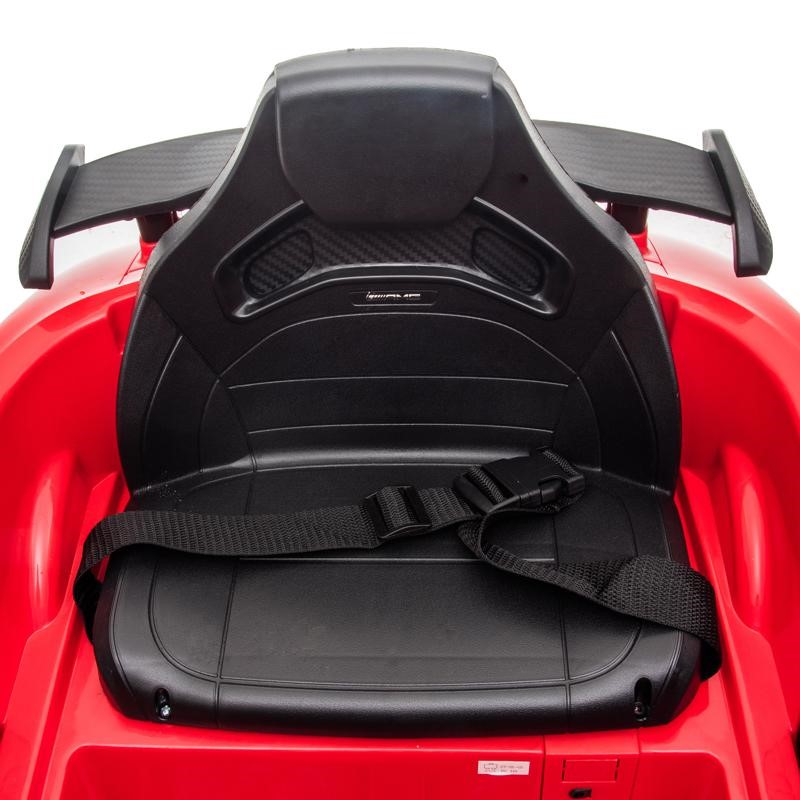When Do Kids Outgrow Kids Car Seats?
When Do Kids Outgrow Kids Car Seats?
When do kids outgrow kids’ car seats and booster seats? Parents have to prepare for this incident in advance. One car seat size is impossible to fit kids of all ages. In Tobbi, it’s available to choose ride on cars targeting for different ages and sizes. Now, we’ll give you the answers to this important and timely question.
- Kids outgrow kids car seats and booster seats at different ages.
Kids outgrow car seats and booster seats at different ages.
It may seem strange, but you may still want to purchase a riding car for your child. Riding a car is a great activity for older kids, as the cardiovascular exercise helps your heart grow and improves bone density. It makes a great early winter activity when the snow begins to fall. If you cut the bike price to under $100, you may be able to get them in a low-impact activity and help them enjoy it. You even can get them out of the car. When your kids start growing into older kids, they can be transported using a booster seat. It keeps them free of the extra weight of larger, over-inflated cars. No more seats in the car—just a low-profile seat that will hold their bikes and assist them while they are moving.
While it is perfectly acceptable for older children to enjoy sugary treats, it can make an unhealthy relationship with healthy foods last. Not only does sugar and refined carbs make it difficult for your child to learn how to properly portion food, it may also sabotage their weight goals. Children are not physically ready to consume more than 50 grams of carbs each day. More important, there are serious health implications. When your children begin the trend of eating sugary carbohydrates, it can cause insulin resistance. This is an issue that can lead to diabetes, heart disease and eventually obesity. In terms of sugar and exercise, your body will use sugar any way it can to provide energy when blood glucose falls below normal. When this happens, the muscles begin to break down. All athletes know this too well.
- Know the rules for when your child is ready to be in a regular kids car seat belt.
You may have heard the rule that your child should be at least 1 year old and weigh at least 20 pounds before using a regular seat belt in a car. The law is based on the assumption that cars are designed to withstand the forces caused by small children. But scientific research has found the belts can cause severe injuries to the entire back of the child — including the spine.
So, despite the child safety seats and not having a child under 2 years old nor a weight requirement, many parents ignore the law.
In 2012, the publication Non-Parents.com reported on the case of a 12-year-old who tragically died after being hit by a car with a childseat restraint.
The science on this can no longer be ignored.
A recent study from the Norwegian Institute for Aeronautics and Space Research (NIAS) interviewed 130 women about their non-19th birthday getaways. Over a three year period, nearly half of the study participants got themselves an infant seat and another one an infant car seat.
It found physically older people seemed more likely to buy third-party infant car seats than their younger counterparts.
The psychological upshot is once you have an infant seat, you want no chance of it falling out, or it rolling away. Infant car seats can withstand more impact than a baby seat, which can offer a potential solution to avoid breaking the law.
The car seats boast higher crash test scores than the child seats because they were selected based on safety features.
Yet they don’t meet the 1-year old or 20-pound child requirements.
Chairs used in the research study during the first year after their purchase were also un-permitted on the highway, which added to the child safety seat’s unreliability.
- Measuring your child can help you figure out the right time for a booster seat vs car seat.
When your child outgrows the height and weight requirements for a convertible or rear-facing infant seat, it’s time to move to a booster seat. But how do you know when is the right time to make the switch? Measure your child in both the booster and the car seat. If the waistline is still too high or the coils still too wide for the seat, consider purchasing the Child Passenger Safety Attachment (CPSA). This modular seat provides a lightweight structure that can be easily adjusted for larger or smaller children. Of course, once you do opt for a CPSA, don’t forget that you must install and line it up with the other safety equipment your child will require. If your child has private parking spots, purchase a booster rack or convertible bench. Remember to also check your child’s DTH once your seat alignment is complete.
Ready to upgrade your space for the safest possible fit by your baby, teenager, or toddler? Buy your kids a car seat from Amica today!
Pamela Nugent is a consumer safety call center manager who writes about product safety, recalls, tech news, and all things safety.



